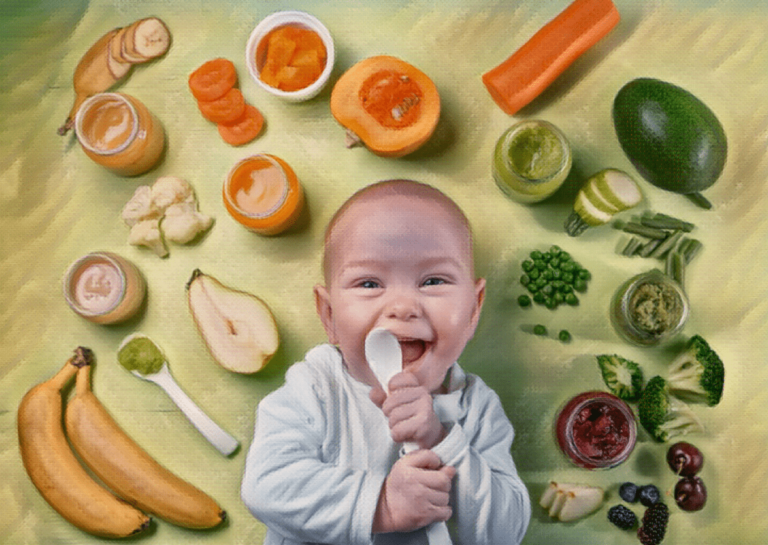Wean your baby with help from record-breaking cookbook author and proud dad Joe Wicks, aka the Body Coach. Wean in 15 includes everything you need to take your baby from breastfeeding, through first foods, to enjoying family mealtimes. Joe draws from his experience of weaning his daughter Indie, working with a leading registered nutritionist to create the most comprehensive baby bible for modern parents.
Weaning can be a daunting prospect, but Joe cuts through all of the confusing information and shares the simple trustworthy knowledge that he’s found so helpful. Whether you’re a first-time parent or not, this book guides you towards getting the best for your little one, from figuring out when to start weaning and how much food your child needs, to adapting your own meals into purées and finger foods.

